This blog dives into effective techniques for using 3D children's models, 3D men's models, and 3D women's models to elevate the authenticity of your designs. Each tip and trick shared here aims to enhance your skills and provide practical knowledge for your projects.
Proportions Matter
Understanding and applying the correct proportions for 3d children models is crucial. Children are not just smaller adults; their heads are proportionally larger, and their limbs are shorter. When designing, remember these differences to avoid creating models that look unsettling rather than endearing. Accurate proportions are key to making child models look believable.
In addition to getting the proportions right, consider the scale of your models about their environment. A child model in a scene should interact believably with the surroundings, such as furniture and doorways. This helps maintain the illusion of reality in your 3D designs and makes the entire scene more cohesive.
Texture is Key
Textures add depth and realism to 3d men models. The quality of textures used can make or break the visual authenticity of your models. Focus on high-resolution skin, hair, and clothing textures to bring your characters to life. Reflect real-world details like the roughness of skin or the smoothness of fabric to enhance realism.
For men's models, consider the following:
- Use detailed textures for facial hair to achieve a natural look.
- Fabrics should have visible weaves or knits to give clothing a realistic appearance.
- Pay attention to the play of light on different materials, such as metal, leather, and cotton, which all reflect light differently.
Pose with Purpose
Posing 3d women models realistically is about understanding human anatomy. When setting poses, think about how people move in real life. Women often have a different center of gravity and move differently than men, aspects that should be reflected in your poses to enhance realism.
Here are some tips for posing:
- Use dynamic poses that suggest movement to make scenes more vibrant.
- Avoid symmetrical or overly stiff poses to keep the natural flow.
- Consider the interaction between clothing and movement to ensure clothes look naturally draped.
Light It Right
Effective lighting can dramatically enhance the realism of scenes featuring 3d children models, 3d men models, and 3d women models. Light shapes how we perceive forms, depth, and atmosphere. Soft, diffused light often mimics the natural light of the real world and can soften the appearance of models, making them feel part of their environment.
Consider these lighting techniques:
- Use shadow to add depth and layers to your scenes.
- Experiment with different times of day to see how the color and angle of light change the mood of your design.
Faces Tell Stories
The faces of your 3d men models can express a wide range of emotions. Subtle expressions can convey complex feelings and thoughts, adding depth to your models. Tools that allow fine adjustments to eyebrows, lips, and eyes can make a model seem sad, happy, angry, or contemplative.
Creating believable facial expressions involves:
- Observing and replicating how facial muscles move in real emotions.
- Using reference images from real people can help in modeling more nuanced expressions.
Create Interactions
Placing 3d women models and 3d children models together in a scene requires thoughtful consideration of their interactions. Creating scenarios where models appear to engage with each other, like a family setting where a woman is helping a child, can add layers of realism. These interactions help tell a story and make the viewer feel like they are looking at a snapshot of a real moment.
Incorporate body language that authentically reflects these interactions. For instance, if two models are talking, consider their eye contact, the positioning of their hands, and their overall posture toward each other. These details can convincingly portray relationships and emotions, enhancing the realism of the entire scene.
Keep Learning
The 3D modeling world always evolves with new tools, techniques, and styles. Staying current with software updates, new rendering techniques, and community forums can keep your skills sharp and your designs fresh.
To keep improving:
- Participate in forums and learn from other 3D artists.
- Practice regularly to refine your techniques and experiment with new ideas.
Conclusion
By using 3d children models, 3d men models, and 3d women models thoughtfully, you can bring a level of realism to your 3D projects that resonate with viewers. These tips provide a stepping stone to creating more detailed, lifelike, and engaging 3D designs.
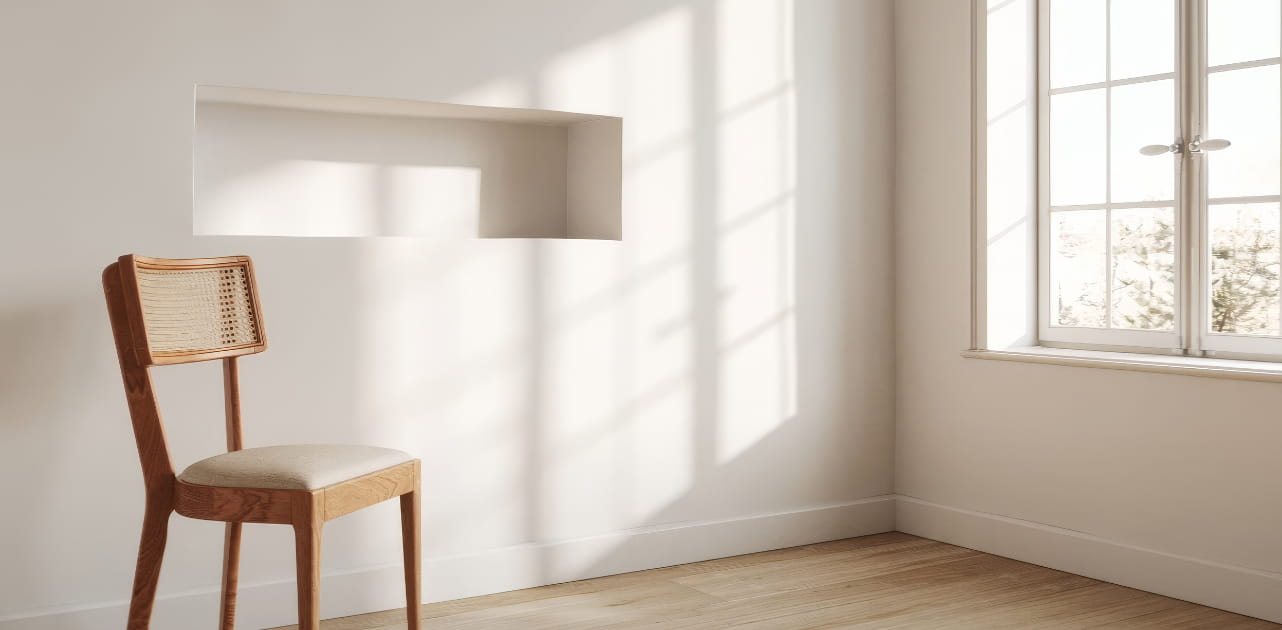 How To Make Your CGI Walls More RealisticRealistic walls with noise modifier.
How To Make Your CGI Walls More RealisticRealistic walls with noise modifier.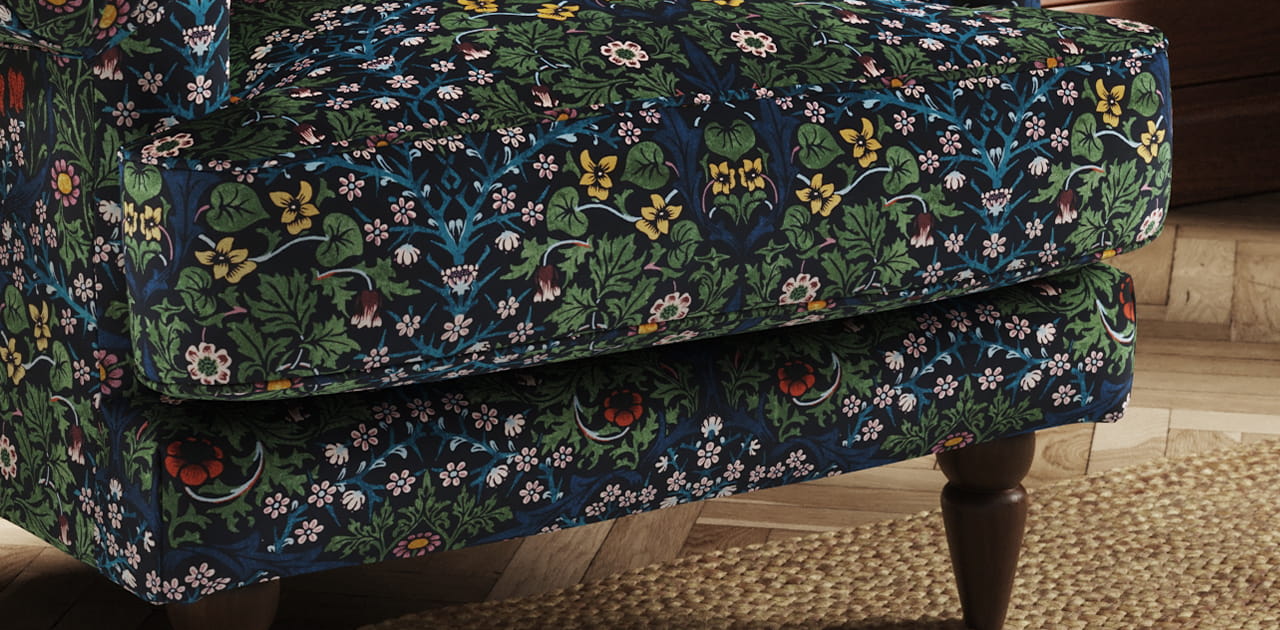 Removing LUTs from Textures for better resultsRemove the LUT from a specific texture in order to get perfect looking textures in your render.
Removing LUTs from Textures for better resultsRemove the LUT from a specific texture in order to get perfect looking textures in your render. Chaos Corona 12 ReleasedWhat new features landed in Corona 12?
Chaos Corona 12 ReleasedWhat new features landed in Corona 12?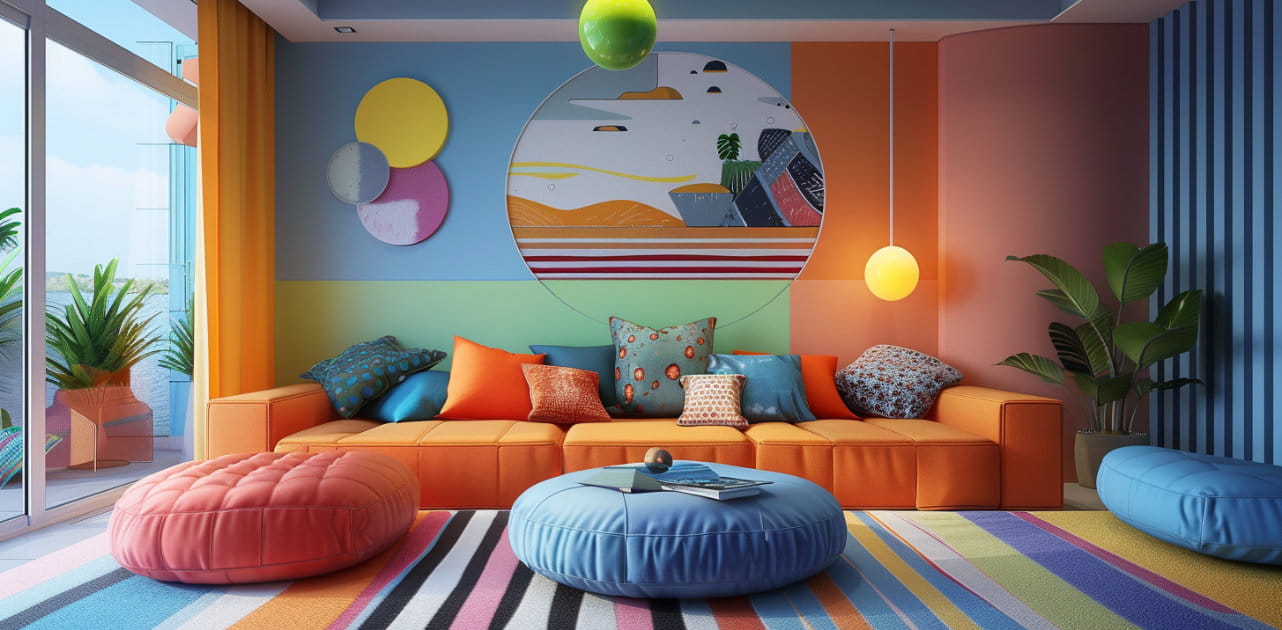 OCIO Color Management in 3ds Max 2024Color management is crucial for full control over your renders.
OCIO Color Management in 3ds Max 2024Color management is crucial for full control over your renders.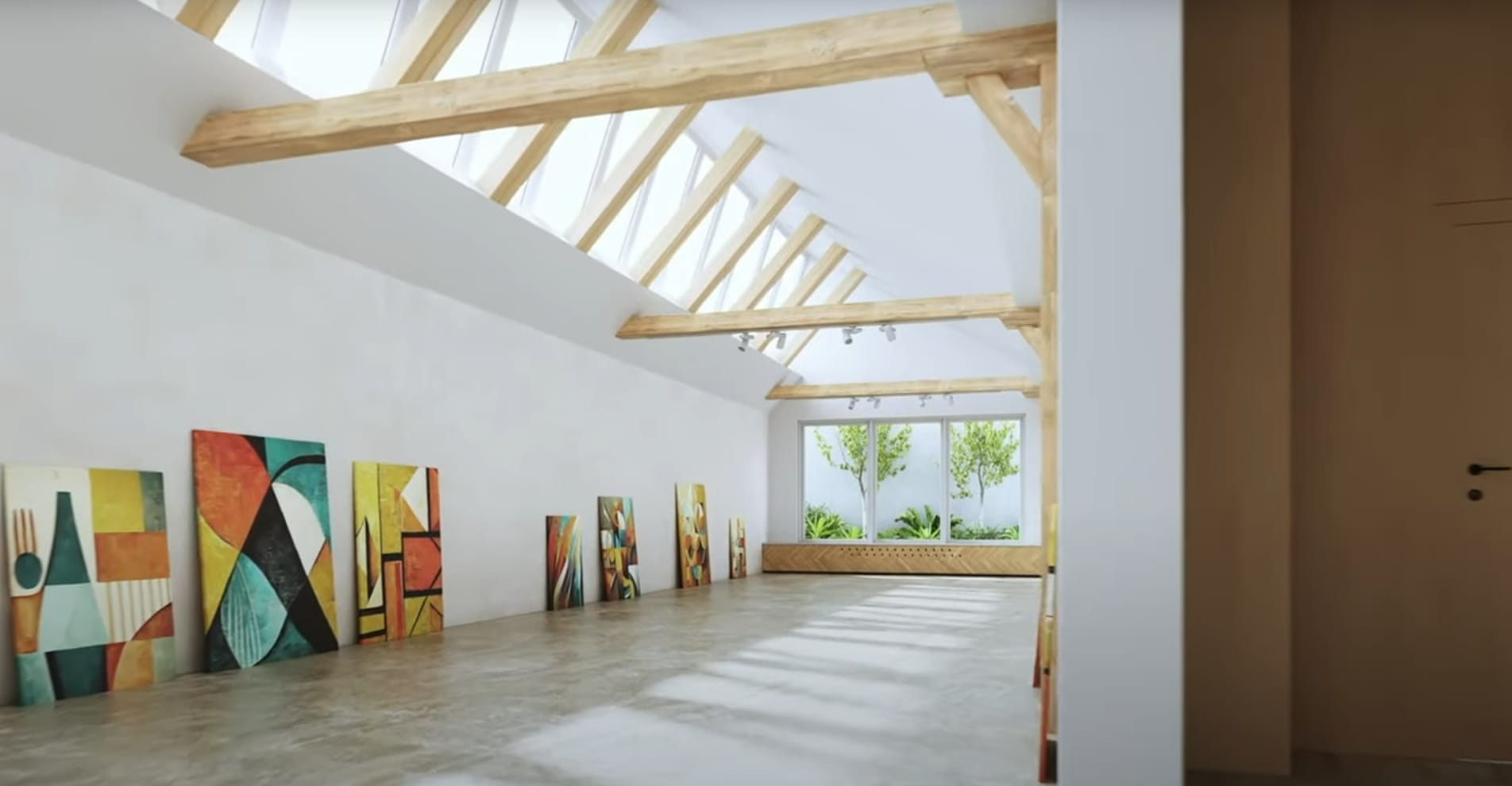 A look at 3dsMax Video SequencerDo you know that you can edit your videos directly in 3ds Max? Renderram is showing some functionalities of 3ds Max's built in sequencer.
A look at 3dsMax Video SequencerDo you know that you can edit your videos directly in 3ds Max? Renderram is showing some functionalities of 3ds Max's built in sequencer.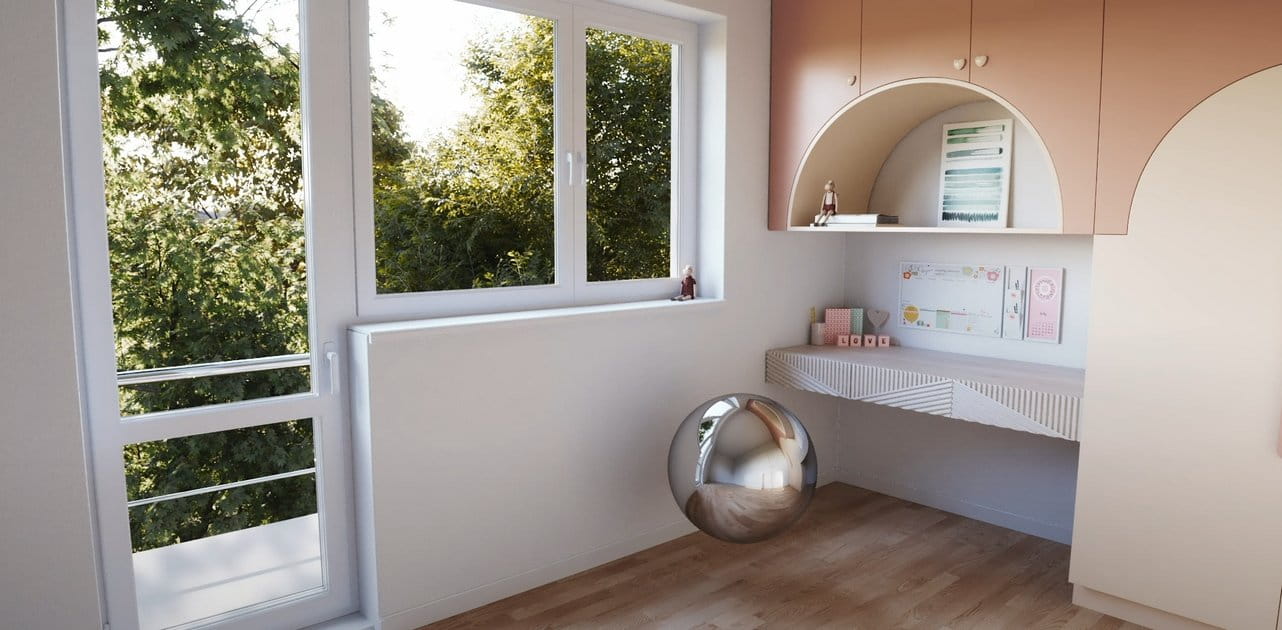 FStorm Denoiser is here - First ImpressionsFirst look at new denoising tool in FStorm that will clean-up your renders.
FStorm Denoiser is here - First ImpressionsFirst look at new denoising tool in FStorm that will clean-up your renders.Customer zone
Your special offers
Your orders
Edit account
Add project
Liked projects
View your artist profile
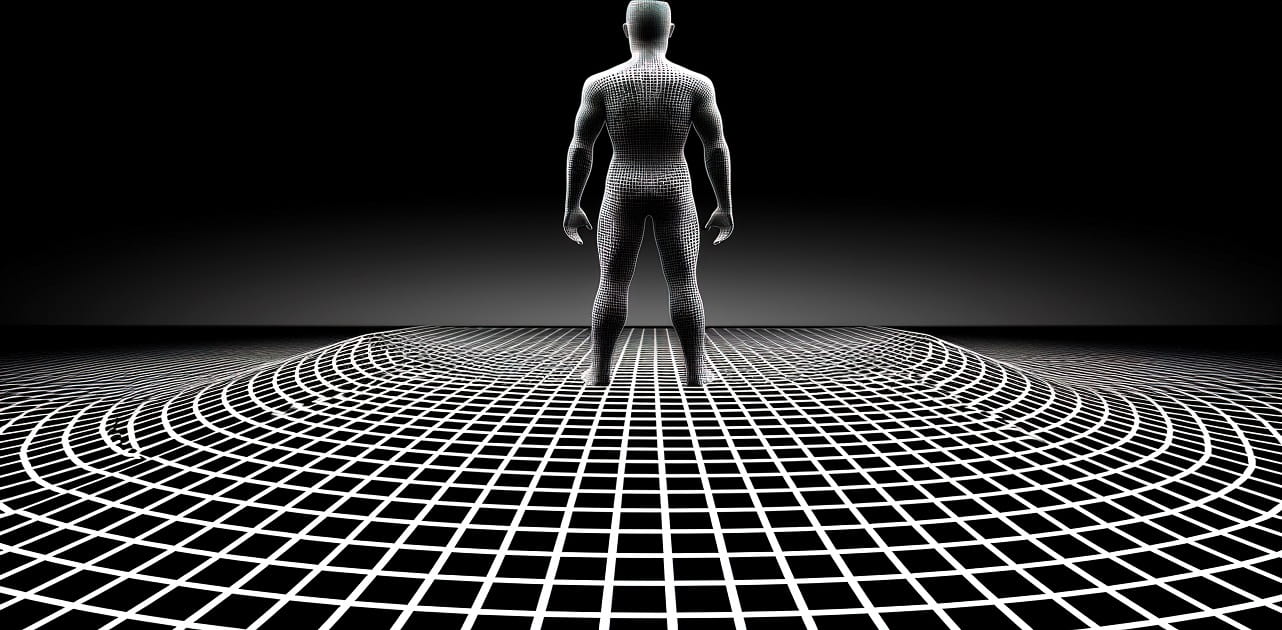




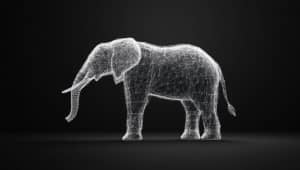






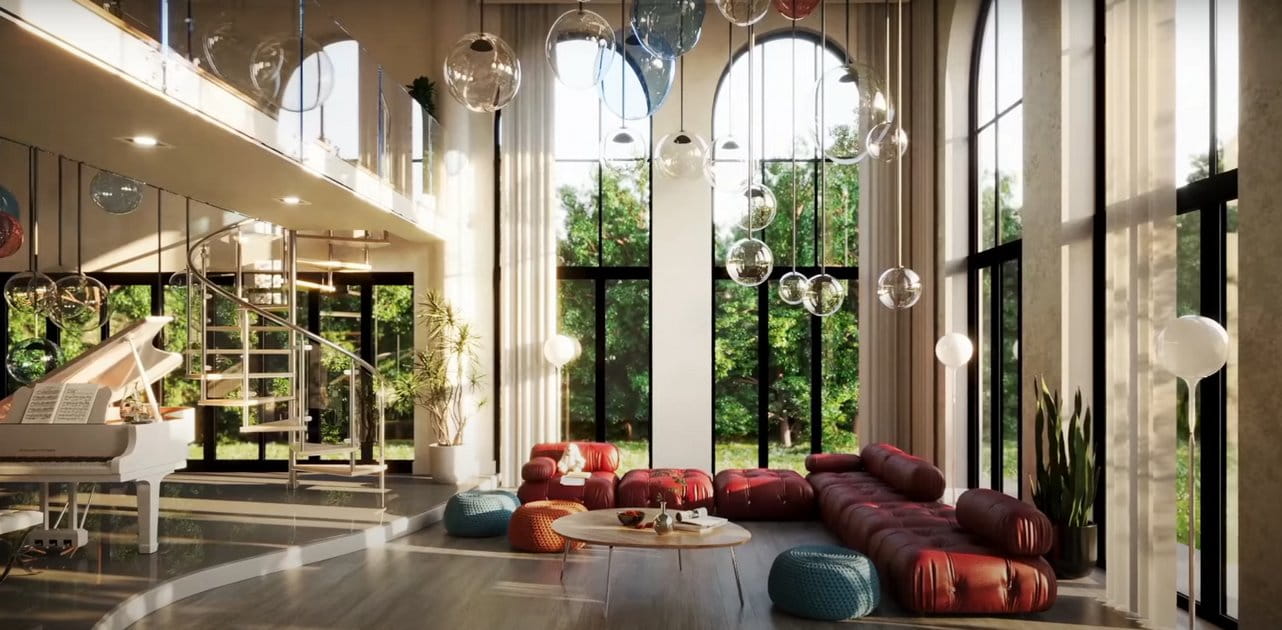










COMMENTS